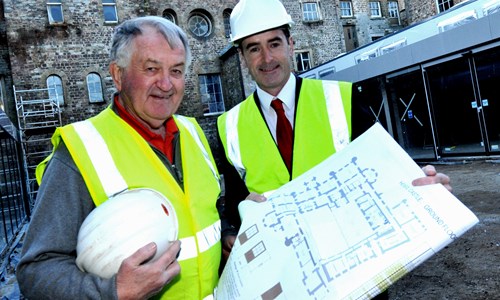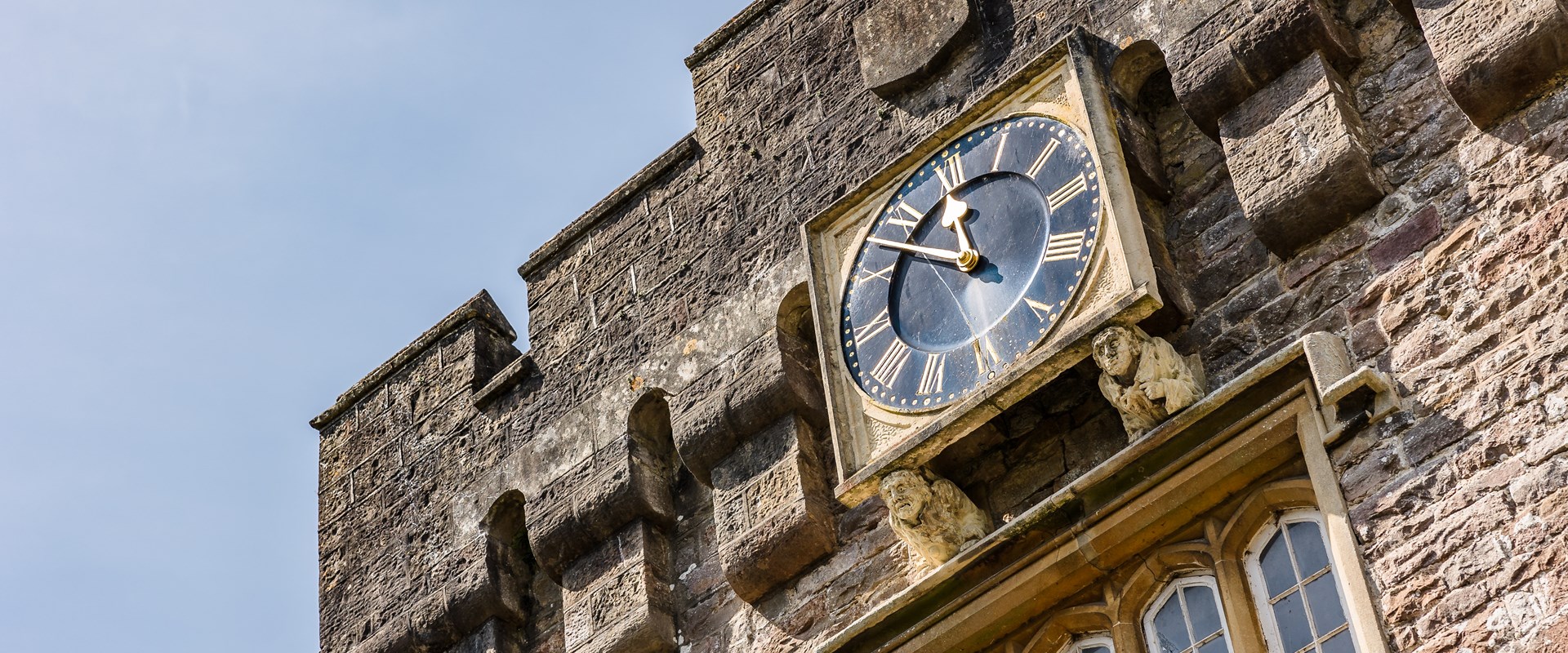A little bit of history
Hensol Castle dates back to at least 1419. From its early days to the present, a succession of different owners have altered, improved and added their own individual tastes and designs.
1419 - 1721
The Hensol estate was first found to be owned by the Jenkins family (1419-1721). Judge David Jenkins was a man of great force and character and was known as a staunch Royalist. He took an active part against the Parliamentarians during the Civil War where he condemned several to death for activities deemed treasonable.
Consequently, he was captured and sent to the Tower of London and in 1648 he was brought before the House of Commons but refused to kneel at the bar and as a result fined £1,000.

1721
In 1721 the estate was passed onto Charles Talbot through his marriage with the Jenkins heiress, Cecil Jenkins. In 1733 he was made Lord Chancellor and raised to the peerage with the title of Baron Talbot of Hensol. His son, William Talbot was thought to have great affection for Hensol and was responsible for laying out and starting the landscaping of the grounds and altering the external appearance of the house. It was the Talbot family that castellated the mansion and so Hensol Castle was born.
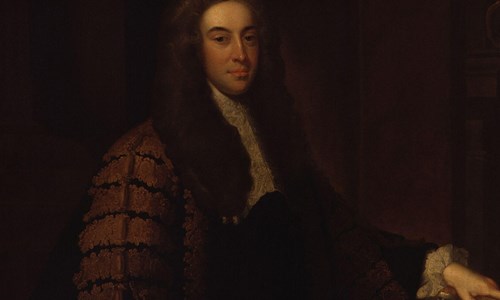
1789
In 1789 Samuel Richardson bought the estate. Richardson was a wealthy banker, who later became the Sheriff of Glamorgan. He was known to have been a pioneer in agriculture and farming and was therefore thought to have made many improvements to the Hensol estate, including land drainage.
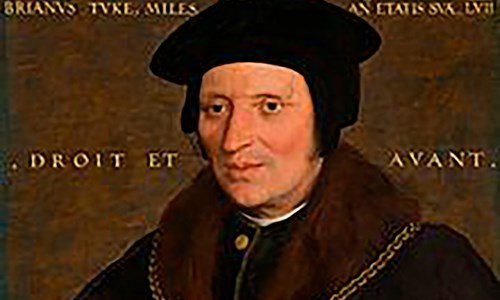
1815
1815 saw Benjamin Hall take ownership of Hensol Castle. Benjamin Hall was highly educated and was elected MP. His son, another Benjamin Hall, was also an MP. This Benjamin Hall became the Chief Commissioner of the Metropolitan Board of Works and he oversaw the later stages of the rebuilding of the Houses of Parliament, including the installation of “Big Ben”, which is allegedly named after him as he was said to be a ‘towering figure’.
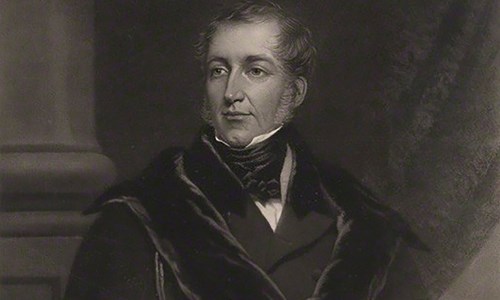
1824
In 1824 the estate was passed onto the Crawshay family. William Crawshay was known as the “Iron King” and was also High Sheriff of Glamorgan. He improved the walled garden and extended the deer park as well as improvements to the lake and grounds. Crawshay later built Cyfarthfa Castle, another castellated mansion in Merthyr Tydfil.
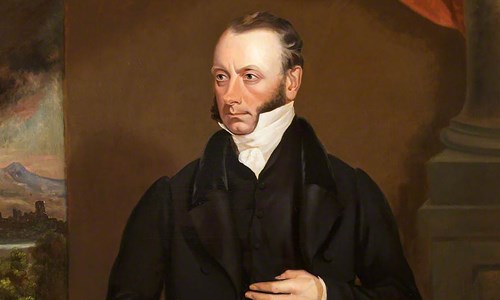
1838
In 1838 Rowland Fothergill bought the estate. Fothergill introduced a large courtyard, a clock tower and a flag tower during his ownership. He also drained the lake to add a mock castle “Summer House”; only accessible by rowing boat. Fothergill also employed T.H. Wyatt and David Brandon to help remodel Hensol Castle. They did so by improving the battlements, changing the window design and extending the North wing outwards to accommodate for the elaborate service and stable courts that the Victorians deemed essential.
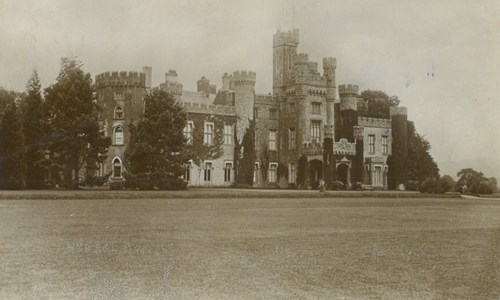
1877
In 1877 Hensol was passed down to Fothergill’s niece Lady Isabella Elizabeth Price Fothergill who married Sir Rose Lambart Price. Two of their three sons died in action, and the estate was then passed onto the third son who then put it up for sale.
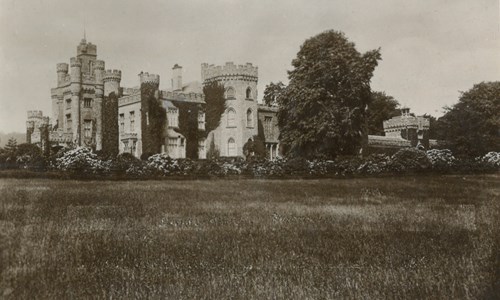
1926
In 1926 the Glamorgan County Council bought the estate and used it as a County asylum. This was a hospital for men and women with learning disabilities. In the late 20th Century there was more movement towards community care for people with learning disabilities, so the number of patients progressively decreased.
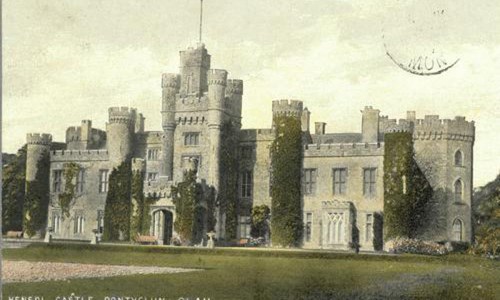
2015
The hospital closed and in 2004 the castle and grounds were bought by local businessman, Gerald Leeke and in 2015 the castle officially opened as a wedding and conference centre.
